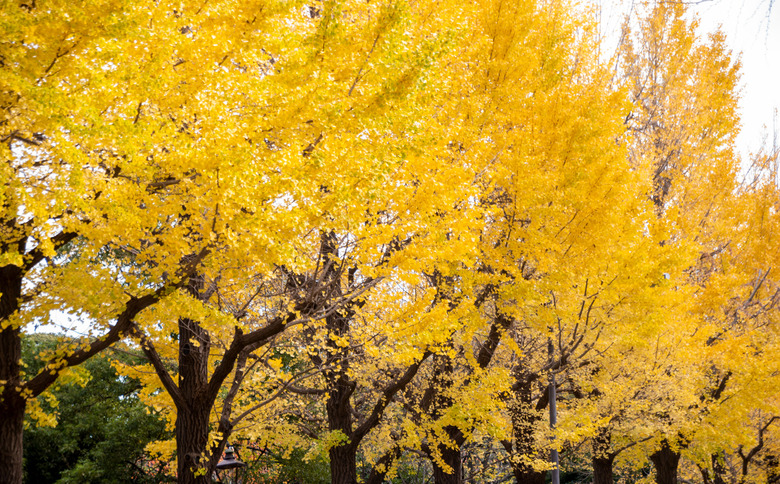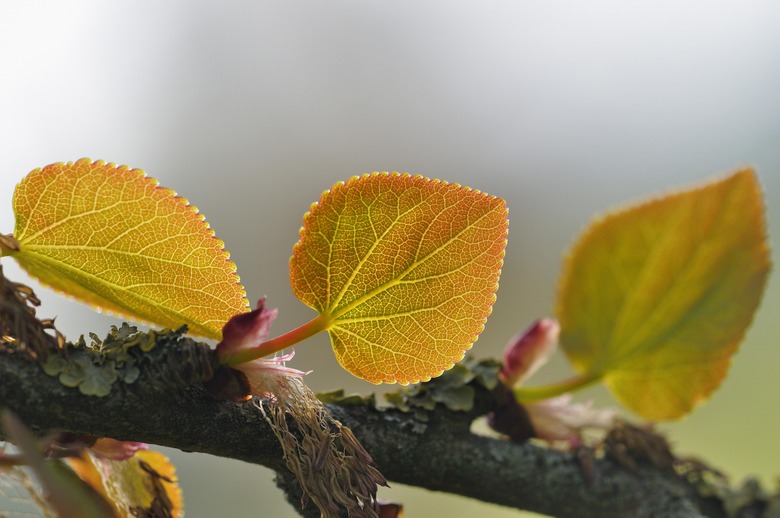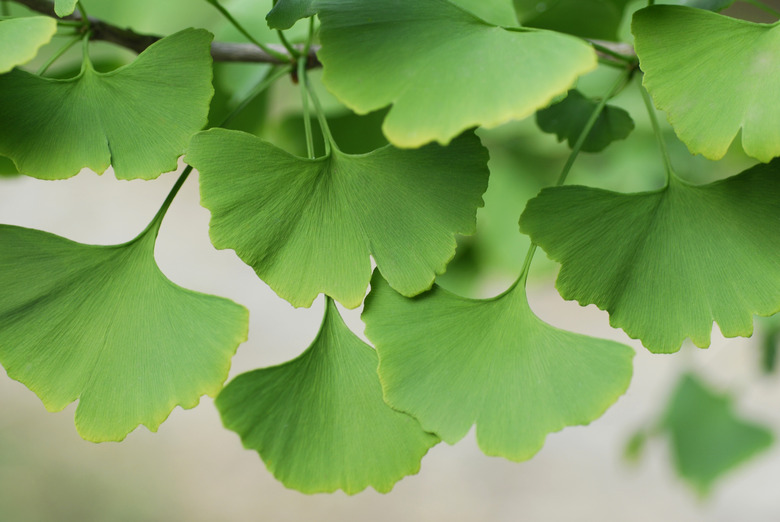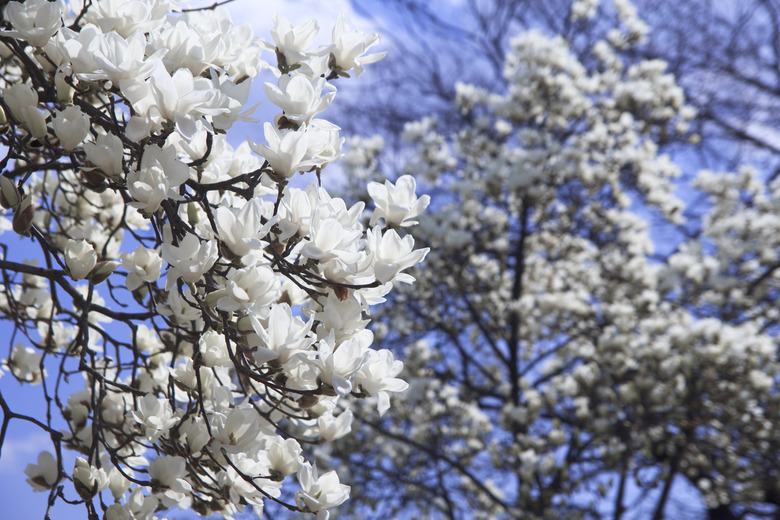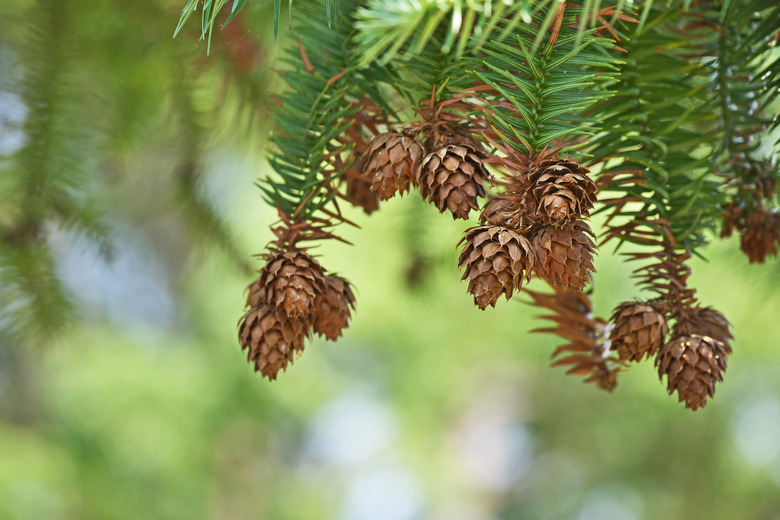4 Ornamental Trees Native To China
We may receive a commission on purchases made from links.
China is the home country for an enormous number of plants — about an eighth of the world's flora. Some 30,000 species of plants are native to China, including many favorite ornamentals, like the azalea and rhododendron, camellia, gardenia, hibiscus, peony, and chrysanthemum.
What about trees? Many landscape trees grown in the United States are indigenous to China. These include the katsura, maidenhair tree, Yulan magnolia, and China fir.
1. Meet the Katsura Tree
1. Meet the Katsura Tree
The deciduous katsura tree (Cercidiphyllum japonicum) is native to both China and Japan. It grows to a height of 70 feet and spreads to 50 feet. Although it produces spring blossoms, they are not the main ornamental feature of this tree. Rather, a katsura tree's peak moment occurs in autumn when its 4-inch-long leaves burst into vibrant hues of crimson, yellow, and orange. The incredible hues make this an outstanding specimen or street tree.
Katsura trees prefer sites exposed to full sun or partial shade with protection from chilly winds. They grow best in moist, well-drained, neutral to acidic, rich soil in U.S. Department of Agriculture plant hardiness zones 4a through 8a.
2. Meet the Maidenhair Tree
2. Meet the Maidenhair Tree
The maidenhair tree (Ginkgo biloba), often called the ginkgo, is famous for its fan-shaped leaves that turn canary yellow in autumn just before they fall. Fossils of the leaves were discovered far before the first live specimens were discovered in China, giving the tree the title of "living fossil." Ginkgo trees can live over 1,000 years.
The maidenhair grows best in full sun and well-drained soil in USDA zones 4 through 8b. It is a tall tree — up to 100 feet high — and an eye-catching landscape or specimen tree.
3. Meet the Yulan Magnolia
3. Meet the Yulan Magnolia
Like most magnolias, the Yulan magnolia tree (Magnolia heptapeta) is beloved for its stunning blossoms. They are gigantic — up to 6 inches across — and release a heady fragrance in spring. The leathery leaves can grow to 7 inches long and fall in autumn. Flowers bloom on the bare spring branches.
The deciduous Yulan grows to 40 feet tall with a broad, rounded crown. This fast-growing, ornamental magnolia excels as a landscape tree. It looks attractive planted in an open stretch of lawn or along a woodland border and grows in sunshine or partial shade in USDA zones 6 through 9.
4. Meet the China Fir
4. Meet the China Fir
The China fir (Cunninghamia lanceolata) is a striking conifer that offers vivid green to bluish-green needles spiraling upward into an impressive arch around the trunk of the tree. This fir can reach 75 feet tall and 30 feet wide. It prefers sunny or partially shaded locations protected from the wind and prefers moist, acidic, well-drained soil in USDA zones 7b through 9a.
With its exotic appearance, this fir tree does well as a specimen. However, China fir is also appealing in groups as an attractive background for flowering trees.
